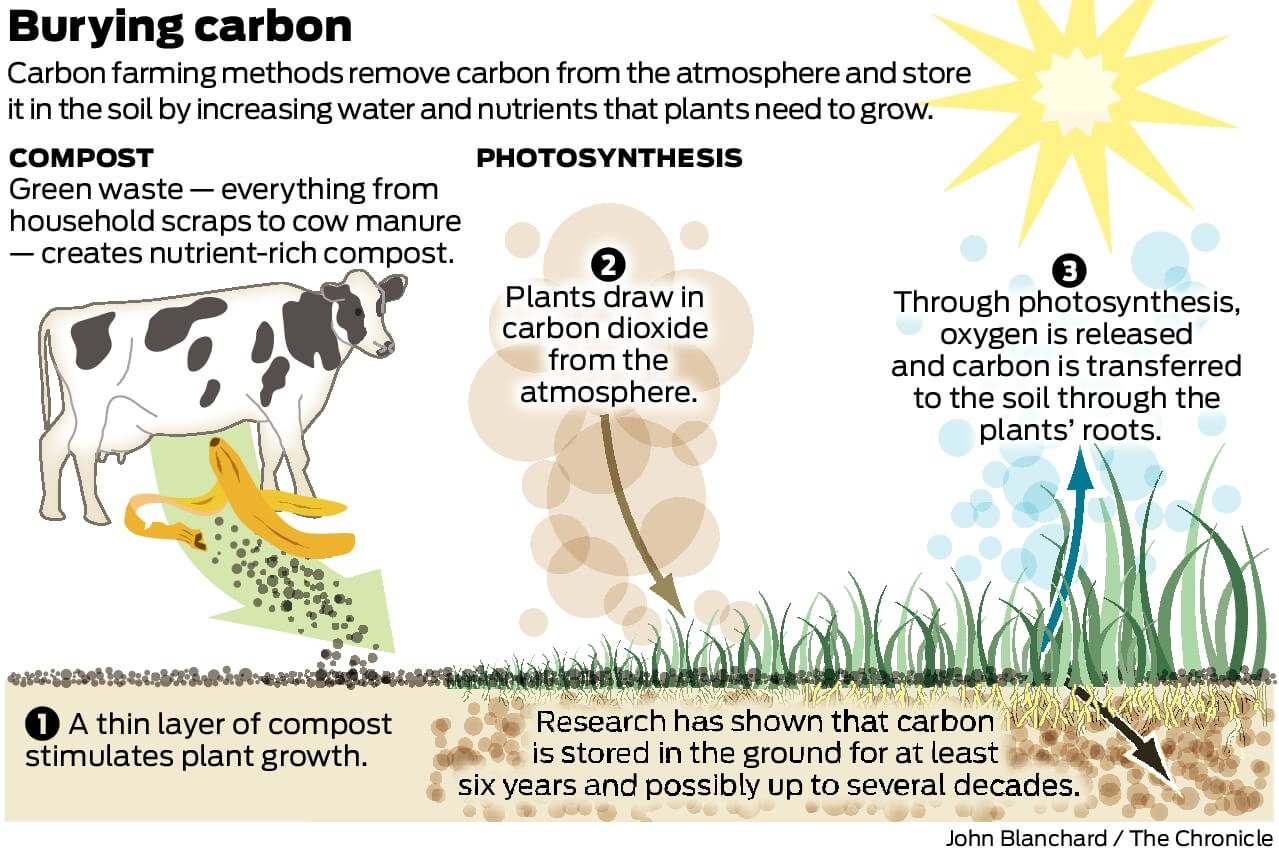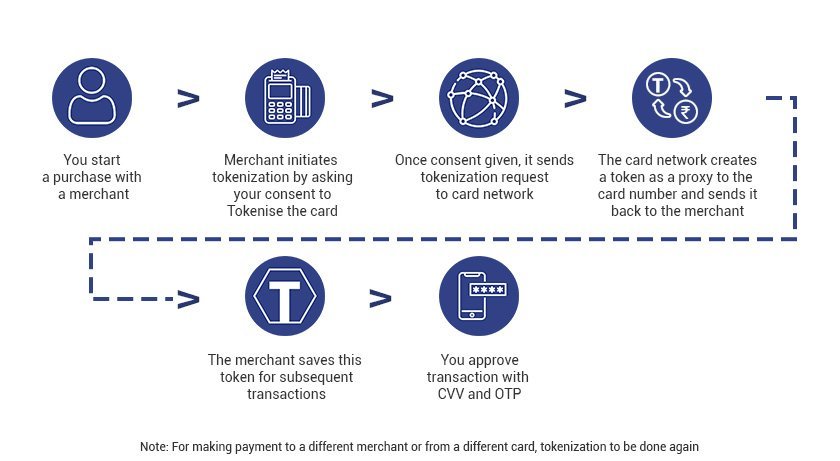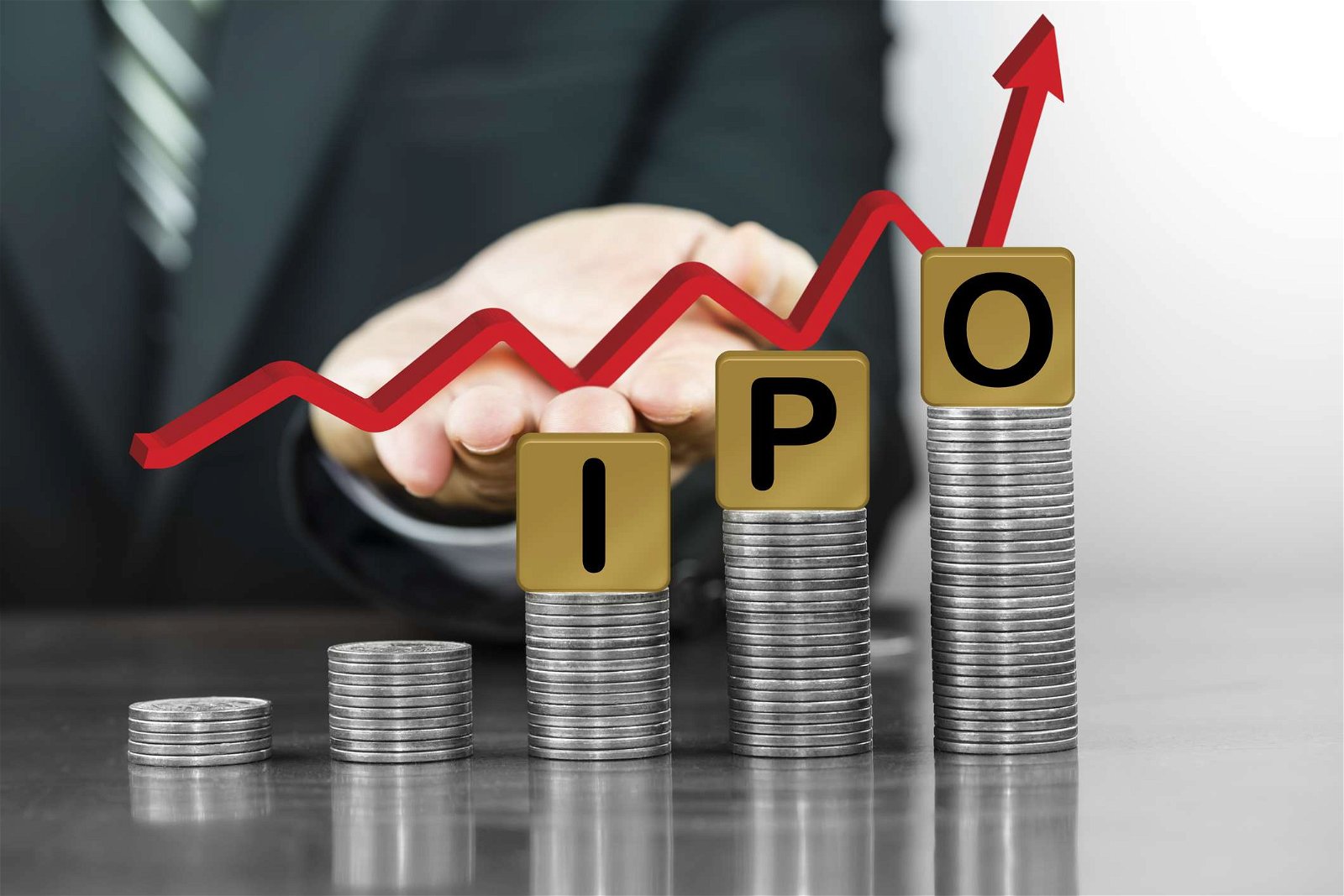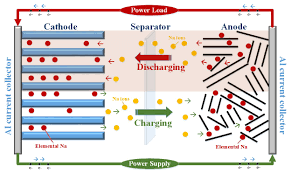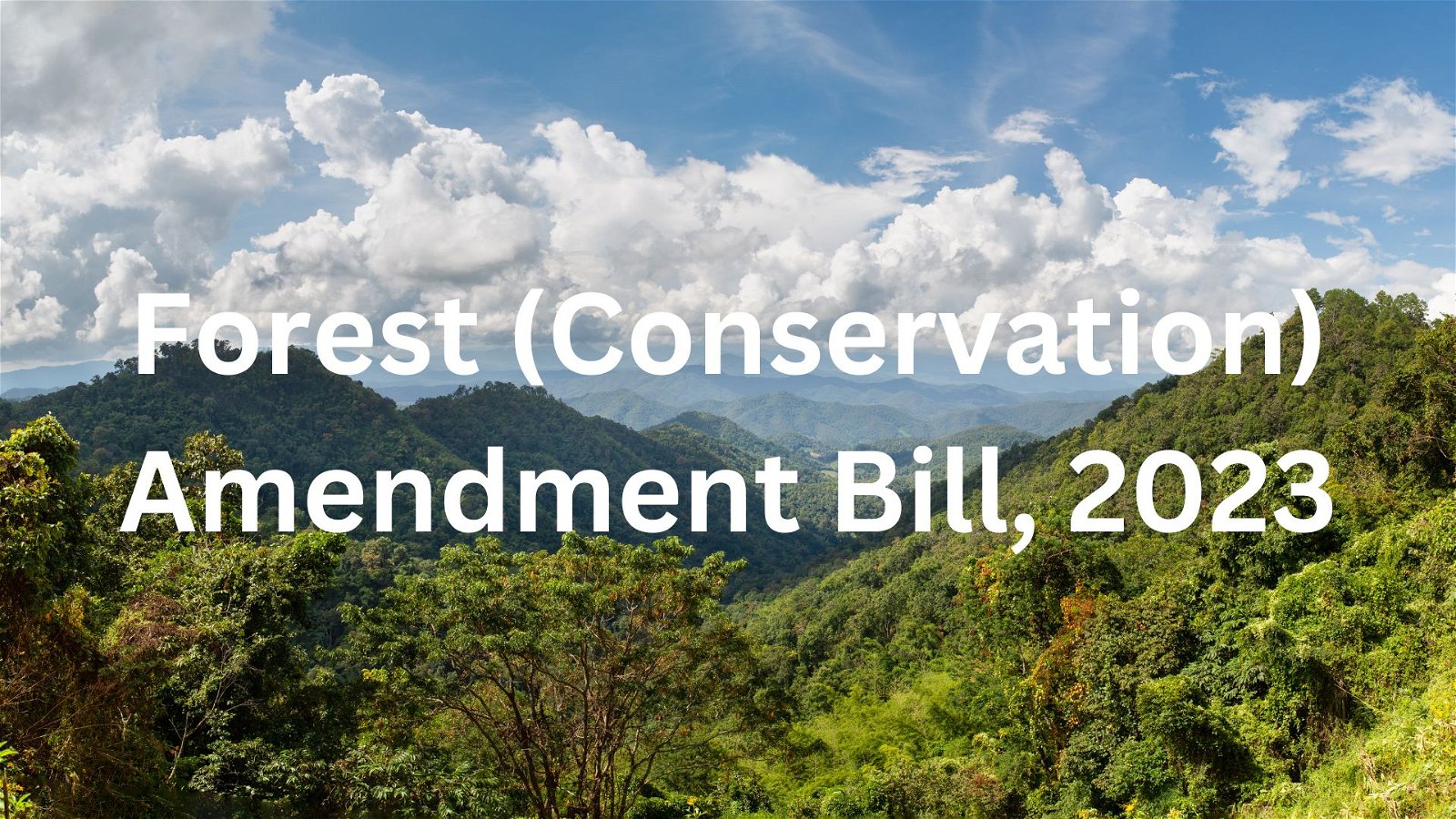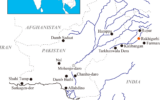
National Monetisation Pipeline
Subscribers of "Current Affairs" course can Download Daily Current Affairs in PDF/DOC
Subscribe to Never Miss an Important Update! Assured Discounts on New Products!
Must Join PMF IAS Telegram Channel & PMF IAS History Telegram Channel
- Context (TP): The government has successfully monetised Rs 3.85 lakh crore through the core assets of various ministries and Public Sector Enterprises (PSEs).
- Asset monetisation is a limited period transfer of performing assets (or disposing of non-strategic/ underperforming assets) to unlock “idle” capital and reinvesting it in other assets or projects that deliver improved or additional benefits.
- Monetisation is different from ‘privatisation’. It signifies ‘structured partnerships’ with the private sector under certain contractual frameworks.
- Asset monetisation has two important motives: It unlocks value from the public investment in infrastructure and utilises productivity in the private sector.

Credit: Niti.gov
National Monetisation Pipeline
- The National Monetisation Pipeline (NMP) is a roadmap for identifying potential monetisation-ready projects across various infrastructure sectors.
- It was announced in the Union Budget 2021-22 for monetisation of assets worth an estimated Rs 6 lakh crore.
- Only the core assets of the government are monetised under NMP. Non-core assets are not included under NMP.
- Objective: To unlock value in brownfield public sector projects by tapping private sector capital and efficiencies and using the funds so generated for greenfield infrastructure creation across India.
- Framework:
- Brownfield assets have been de-risked from execution risks and have stable revenue streams.
- Monetisation of ‘Rights’ not ‘ownership’ as the primary ownership continues to be with the GoI. The assets will be handed back to the public authority at the end of the transaction life.
- Duration: 4 years (2022-25).
- Monetisation models:
- Direct Contractual models
- Structured Financing models such as Infrastructure Investment Trusts, etc.
- Sector wise monetisation pipeline:
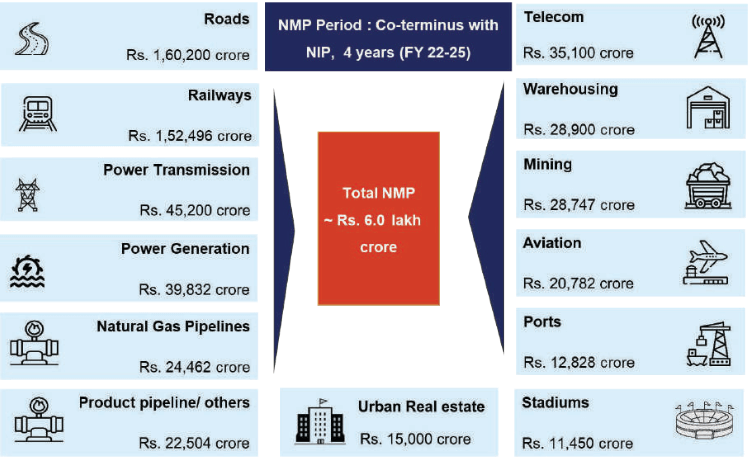
Credit: Niti.gov
- The top 5 sectors (by estimated value) capture ~83% of the aggregate pipeline value, including Roads (27%) followed by Railways (25%), Power (15%), oil & gas pipelines (8%) and Telecom (6%).
- Implementation & Monitoring Mechanism: An empowered Core Group of Secretaries on Asset Monetization (CGAM) under the chairmanship of Cabinet Secretary has been constituted.
- This pipeline is intended to support investments under the National Infrastructure Pipeline (NIP).
|
Significance
- Eases government fiscal constraints and frees up balance sheets for more greenfield infrastructure creation. This enables the government to deploy resources towards the social sector and other competing public priorities.
- Enables a balanced risk-sharing framework between the public and private partners.
- Operational optimization: By enlisting private sector participation, the NMP endeavours to streamline operational efficiencies and elevate service standards,
- Promotes asset recycling, where public sector assets are transferred to the private sector for operation and management while the government retains ownership. This allows the government to focus on core functions like policy-making and regulation.
- Brings overall efficiency in infrastructure operations: Asset recycling and monetisation taps private sector efficiencies in infrastructure operations and management, augmentation, and maintenance.
- Improves efficiency of Public Sector Undertakings (PSUs): Access to additional resources that can be utilized for restructuring, reinvestment, and expansion.
Challenges
- Lack of identifiable revenue streams.
- Regulatory issues: The government’s retention of ownership rights may create fear of undue political interference, lack of operational autonomy, and corruption.
- Lack of independent sectoral regulators, for, e.g. in Railways, Road, Port sector, etc.
- Asset-specific challenges: For example, Low capacity utilisation in gas and petroleum pipeline networks, regulated tariffs in the power sector, low interest in national highways below four lanes, etc.
- Price rise for the end users due to the transfer of public infrastructure to the private sector.
- Possibility of Monopoly and Cronyism, where few business houses corner the bulk of the assets.







![PMF IAS Environment for UPSC 2022-23 [paperback] PMF IAS [Nov 30, 2021]…](http://pmfias.b-cdn.net/wp-content/uploads/2024/04/pmfiasenvironmentforupsc2022-23paperbackpmfiasnov302021.jpg)
